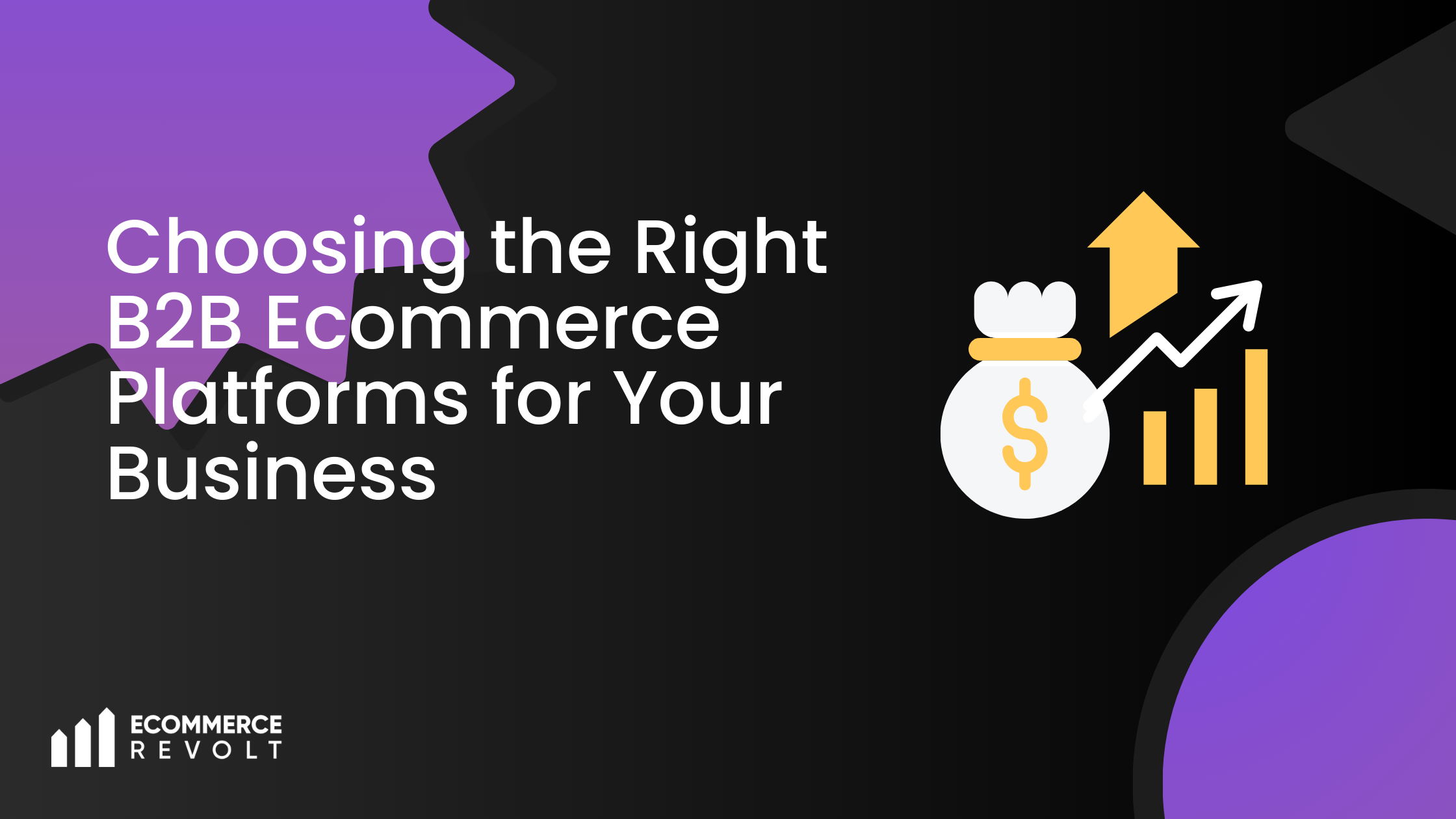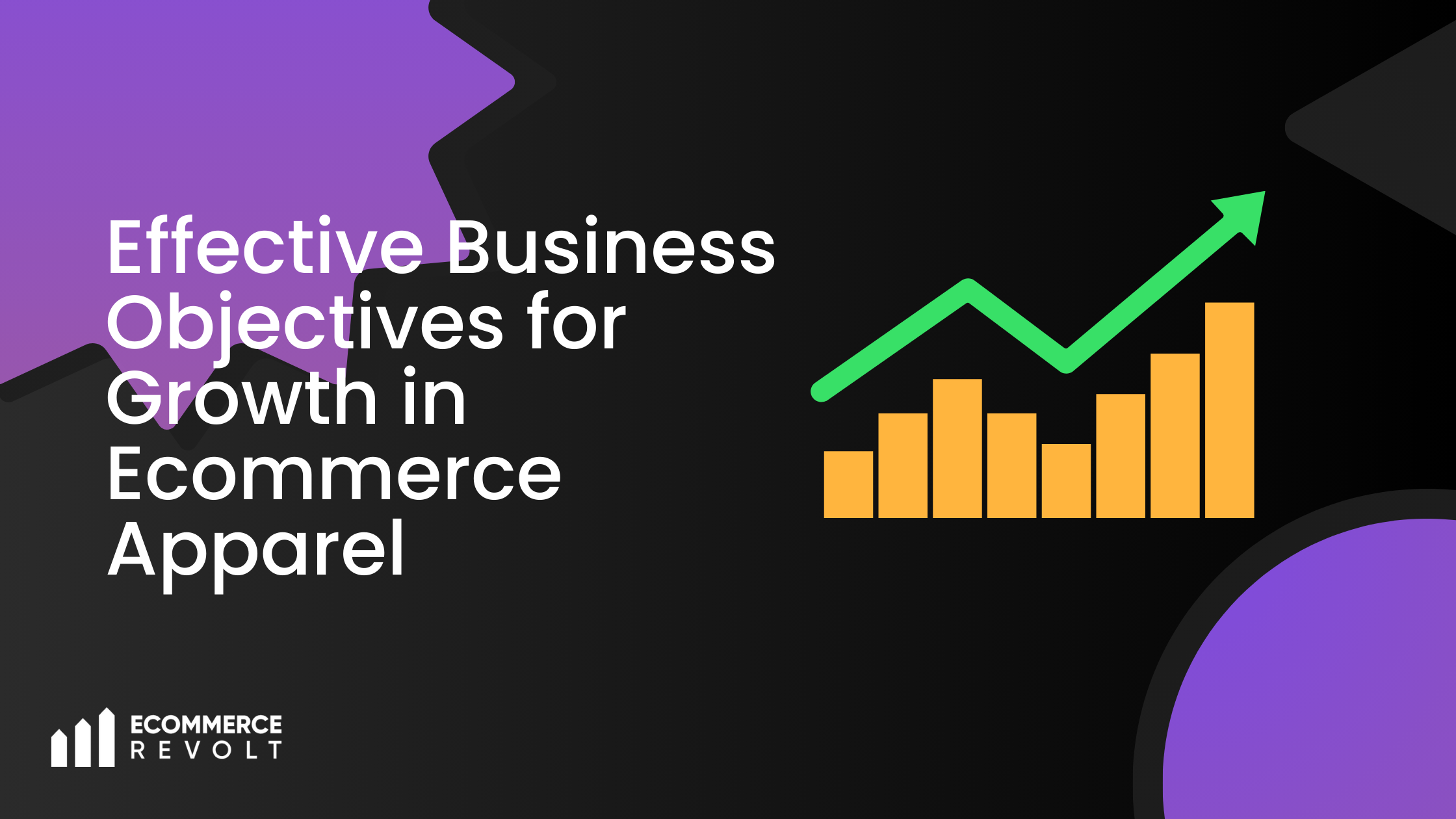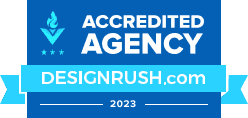Whether you’re creating a blog article or a landing page, your primary goal is to convert website visitors into paying customers. But how can you make sure website visitors take the steps you want them to?
No matter what your market, a website’s conversion rate—the percentage of visitors who make a purchase or sign up for something—is one of the most crucial elements to success and profitability.
Set aside best practices and instant solutions; the best approach for improving website conversion rates is to learn about your visitors, users, and customers and match their requirements.
Related Article
What is Conversion Rate Optimization (CRO)?
Conversion rate optimization is the process of improving the percentage of site visitors that perform the intended action, whether it involves making a purchase or signing up as a lead.
A Better, User-Focused Description of CRO
Here is an extended and user-focused definition of CRO:
Consider it the practice of focusing on the details of what motivates, draws away, and convinces your users so you can provide them with the best user experience. In turn, this is what leads to conversion and ultimately raises your website’s conversion rate.
What is the Average Conversion Rate?
An average conversion rate varies between 1% and 4%, based on what you read. It implies that one to four out of every 100 visitors to a website perform the intended action.
Although averages can serve as a good place to start when assessing performance, what exactly do these results have to do with your website?
You cannot compare yourself to exact, definitive industry figures with 100% trust in them. It’s not right to stress over an average % and seek out as many conversions as you can merely to keep in line with it. Therefore, the only best way to optimize the conversion rate is to focus on what is crucial for your users. Once you deliver it to them, conversions will automatically come afterward.
Factors that Impact Your Conversion Rate
Improving conversion rates involves convincing visitors to carry out the desired action and avoiding conversion “blockers,” or obstacles that stop users from buying or signing up as leads.
Let’s take a closer look at some of the important conversion blockers:
Conversion Blocker 1: Confusing Message
The most apparent conversion blocker is to make it challenging for visitors to figure out what your company does or what your website is about.
It involves presuming that visitors to your web page already know what your company does and for whom and failing to include a clear and compelling headline on each page.
Conversion Blocker 2: Failing to address key questions
Visitors to your website are less likely to take the desired action if they are uncertain. This uncertainty may result from worries about what will happen after sharing contact information, such as getting a sales call or waiting a while.
It can also result from doubt about the company’s credibility. For instance, when an eCommerce site uses a different currency, it might cause customers to assume that the company can’t ship fast or reasonably. Likewise, the users of lead-generating websites might be unsure if the site is unclear about serving their region or service area.
Conversion Blocker 3: Poor accessibility
The most evident conversion blocker is the poor accessibility of the website. It may be because the website is not mobile-friendly, displays distracting pop-ups, or has an outdated and unattractive design.
Related Article
Tips to Optimize the Conversion Rate
Let’s take a look at some of the actions you need to take for conversion rate optimization (CRO).
Establish a Strategy for Optimization
Develop a plan that will direct your responsibilities and enable you to obtain more hits than misses and boost your conversion rates.
This tip applies to all marketing methods, but it’s crucial when using conversion optimization techniques as they involve a lot of testing and several processes.
Include these key points in your optimization strategy:
- Setting objectives
- Establishing customer profiles
- Pointing out tasks related to optimization
- Monitoring results
It is simpler to obtain reliable visitor data and apply it to increase conversions with a solid strategy in place.
Identify the Leaks in Your Sales Funnel
Locating the pages with low conversion rates might help you make the necessary adjustments.
To determine where visitors are leaving your pages, you need to analyze your sales funnel. Access a service like Google Analytics that is incredibly helpful in locating these pages. You can track a visitor’s path around your website and where they leave by looking at the behavioral flow.
Examine these pages after analyzing the results to learn more about their performance and set effective strategies in action.
Create Simple Landing Pages
Keeping a landing page simple is one of the most crucial measures to follow.
A simple landing page usually performs better because it doesn’t distract your visitor much. Every component of the page is designed to increase conversions.
Here are some essential characteristics of a simple, functional landing page:
- Simple page layout
- Clear and simplified page copy
- An exclusive offer
- Use of a message-driven picture or video
- An apparent call to action option
- Mobile friendly
- No navigation bar
Considering this, you can simplify your sales pages and landing pages so they only contain features that increase conversions.
Include Social Proof
When trying to persuade your prospects, social proof can relieve a lot of your worry. Compared to any other factor, demonstrating to page visitors that other people have tried and liked your product will effectively increase conversion rates.
Typical uses of social proof include:
- Number of clients
- Testimonials
- Reviews and ratings on the internet
- Number of products purchased
- Number of products still available
Improve Your Website’s Conversion Rate Today
As long as your website offers something engaging and tempting in an accessible way that removes any visitor’s fears or uncertainties, it will convert visitors into buyers or leads.
You may be lacking one or more elements if the conversion rate for your website is less than 2%. It’s possible for your conversion rate to reach as high as 10%, 20%, or even 30%. To do that, though, you must provide customers with a service or product that has a very highly regarded worth, is risk-free or low-risk, and comes from an authentic source.
Would you like us to demonstrate the adjustments to your website’s conversion rate? Book your free 30-minute consultation right away. Together, let’s make your potential pay off.








